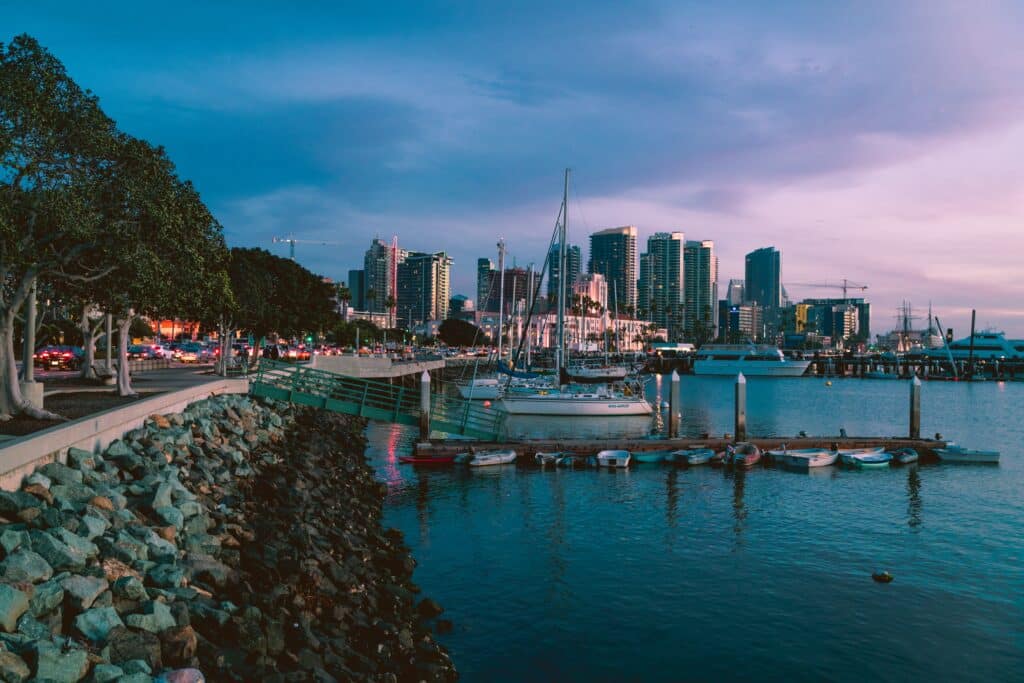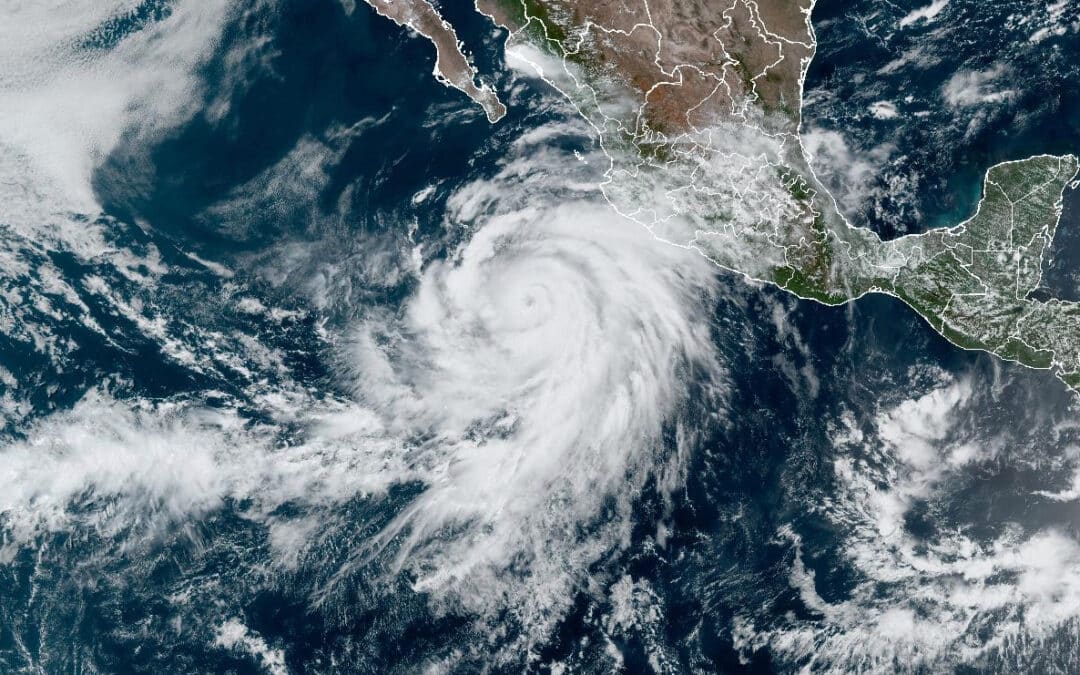Tropical Storm Hillary made history by being the first tropical storm to hit Southern California in 84 years dropping more than half an average year’s worth of rain on some areas. The storm, which was downgraded from a Category 4 hurricane about 24 hours before making landfall along Baja California’s coast, brought on a steady downpour that caused extensive flooding, power outages, downed trees and mudslides.
Some parts of San Diego’s mountains received as much as six to eight inches with Hilary’s downpour, according to preliminary numbers from the National Weather Service. Coastal areas west of the mountains received about one to two inches — roughly 10 to 20% of the area’s average annual precipitation.
Tropical Storm Hilary demonstrated the vulnerability of San Diego’s infrastructure to extreme weather events. The region’s transportation networks, including roads and highways, were significantly affected by flooding, causing disruptions in daily commutes and emergency services. The California Highway Patrol posted images on social media of partially submerged vehicles stuck in the flooding. Rainfall records were set in Southern California, but so far there have been no reports of deaths or major storm damage in Los Angeles and San Diego, officials said.
Additionally, power outages were reported in various parts of the city due to downed power lines and flooding, causing thousands of San Diego Gas And Electricity Customers to go without throughout the afternoon and evening, underlining the need for resilient energy distribution systems.

San Diego During A Sunset (Photo Courtesy Of Daniel Frese)
Hilary’s formation and intensity have sparked discussions about the role of global warming in shaping our planet’s weather patterns. While no single weather event can be directly attributed to climate change, there is mounting evidence suggesting a connection between the two. Global warming, driven by the increase in greenhouse gases such as carbon dioxide, has led to warmer ocean temperatures. These warmer waters provide the energy needed for tropical storms to intensify rapidly, as was observed with Tropical Storm Hilary. Mitigating the effects of global warming through sustainable practices and reducing emissions are crucial steps in reducing the risk of future storms like Hilary.
Tropical Storm Hilary may have left an indelible mark on San Diego, exposing vulnerabilities in its infrastructure, economy, and society. While the storm brought challenges, it also presented an opportunity for growth and learning. As the city continues to recover and rebuild, the lessons from this experience will undoubtedly shape a more resilient and better-prepared San Diego, equipped to face future challenges posed by nature’s fury.

Downtown San Diego During Evening (Photo Courtesy of Lucas Fronseca)
Tropical Storm Hilary may have temporarily taken away some of the natural beauty that defines San Diego’s coastal charm, but as the storm’s impact subsides and beautiful days return, the allure of this picturesque paradise is ready to be rediscovered. The storm’s force may have reshaped the landscape, but it couldn’t diminish the intrinsic beauty that has always drawn people to this coastal haven. Now, with clear skies, calm waters, and the sun casting its golden glow, there’s no better time to seize the opportunity to experience the renewed majesty of San Diego’s shoreline. Our invigorating boat tours provide an exceptional chance to witness the revitalized scenery, from sun-kissed beaches to the vibrant marine life that calls these waters home. Embrace the chance to witness these remarkable views and book your sailing tour today!


Recent Comments